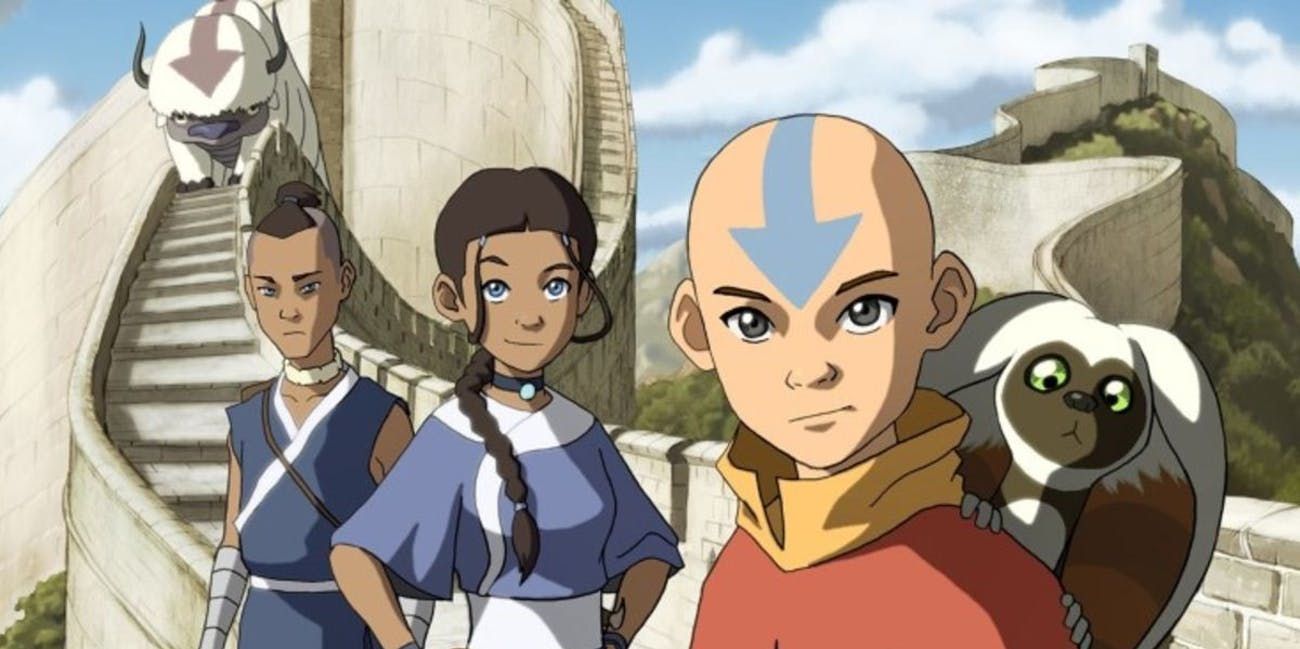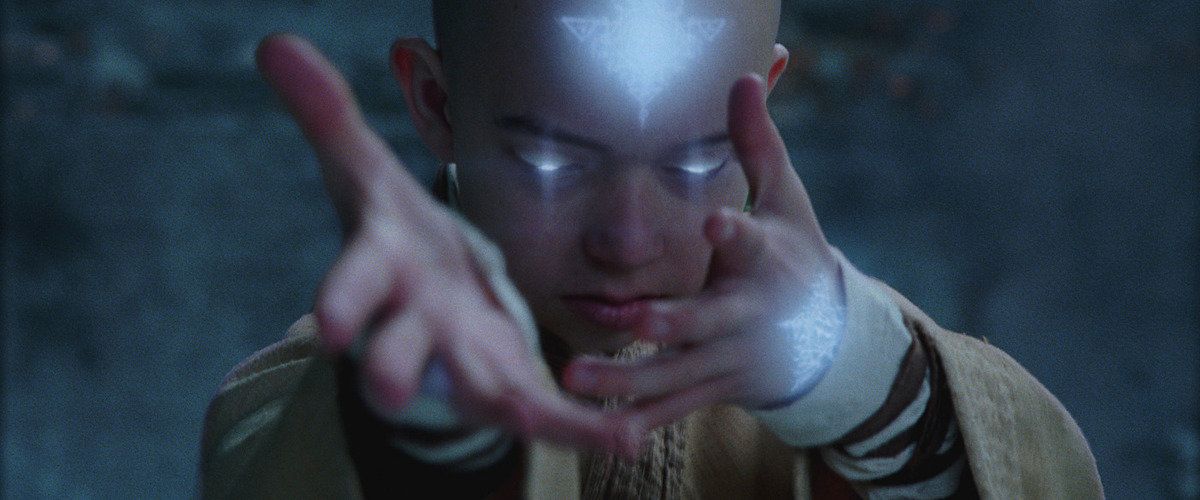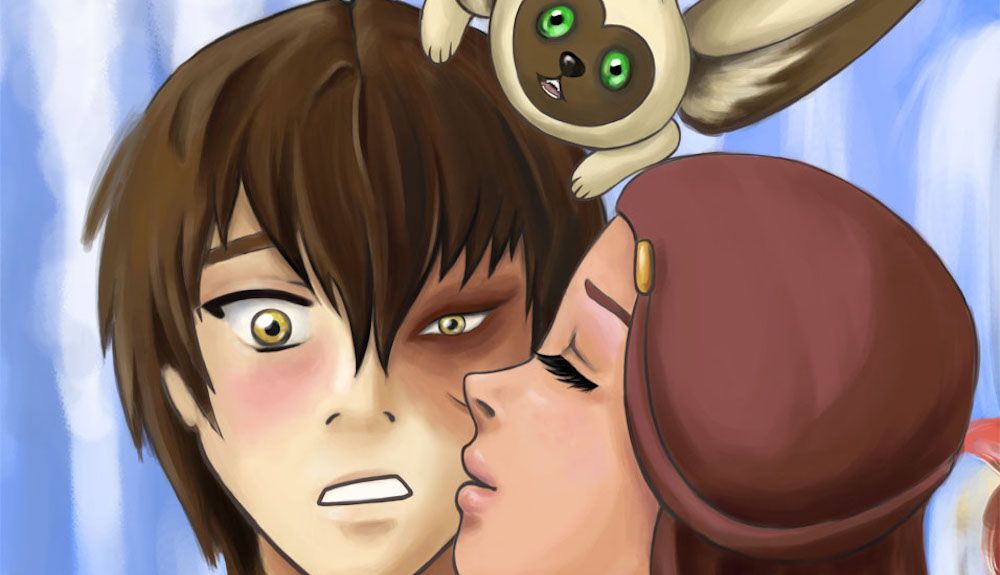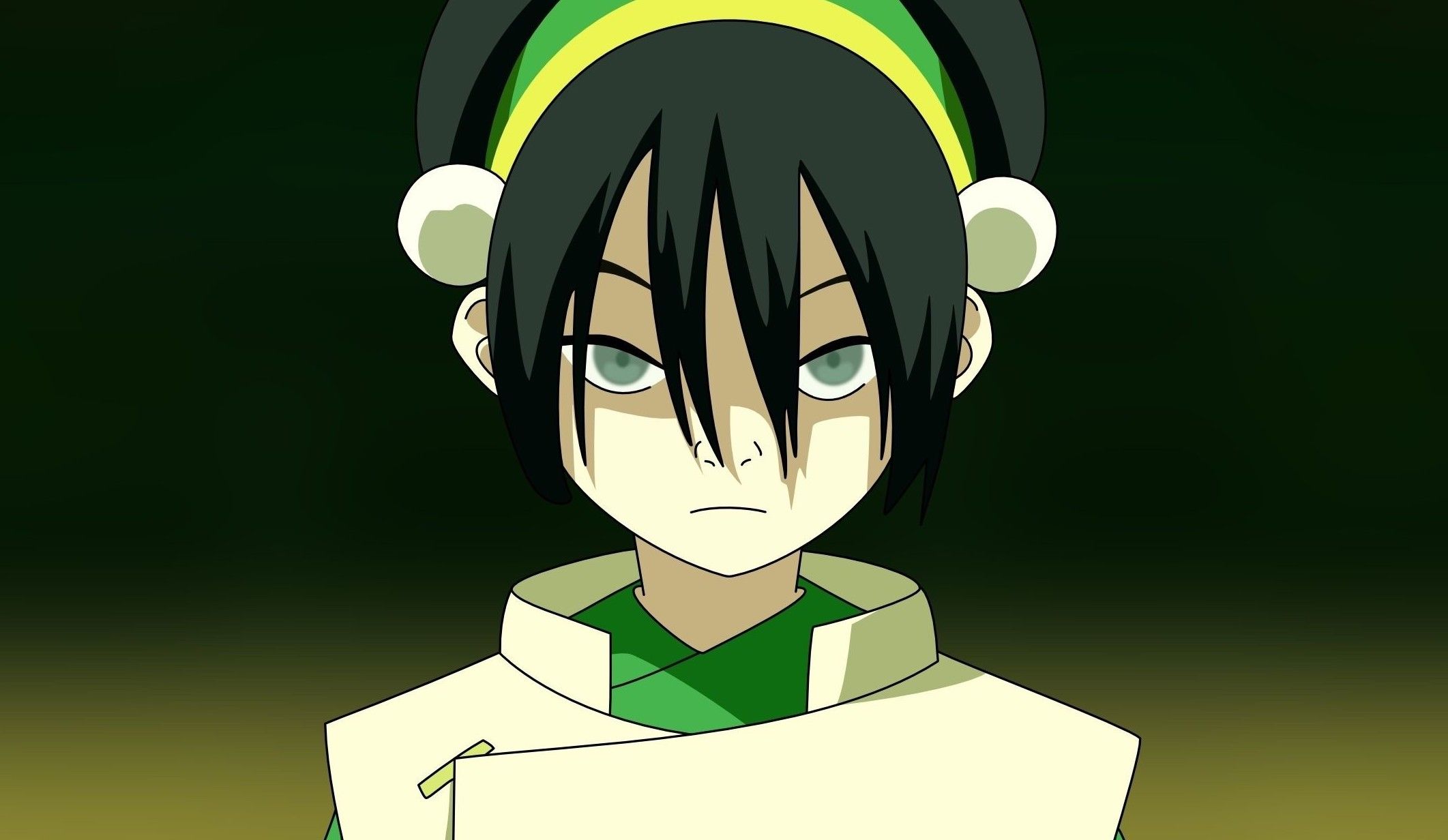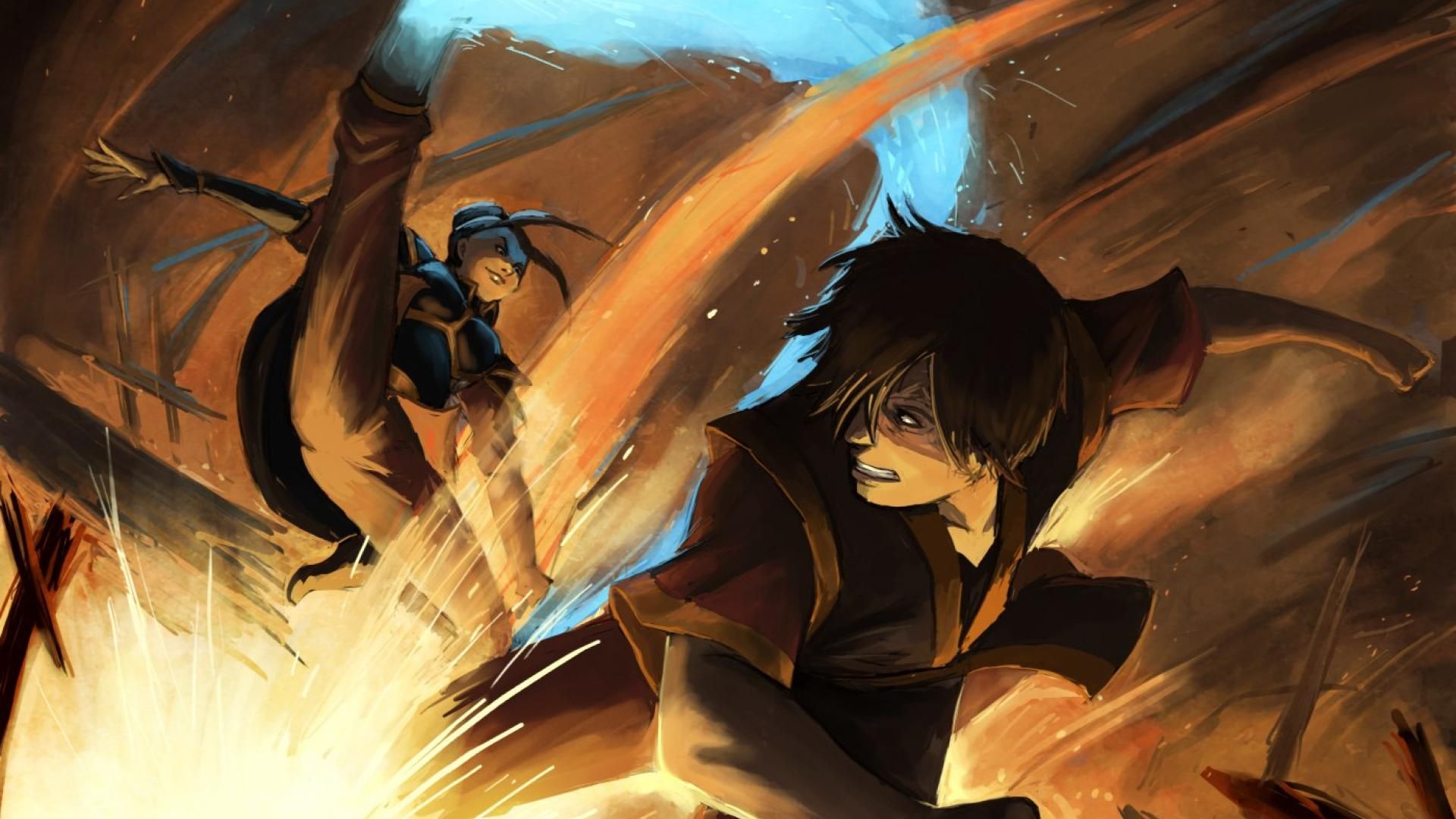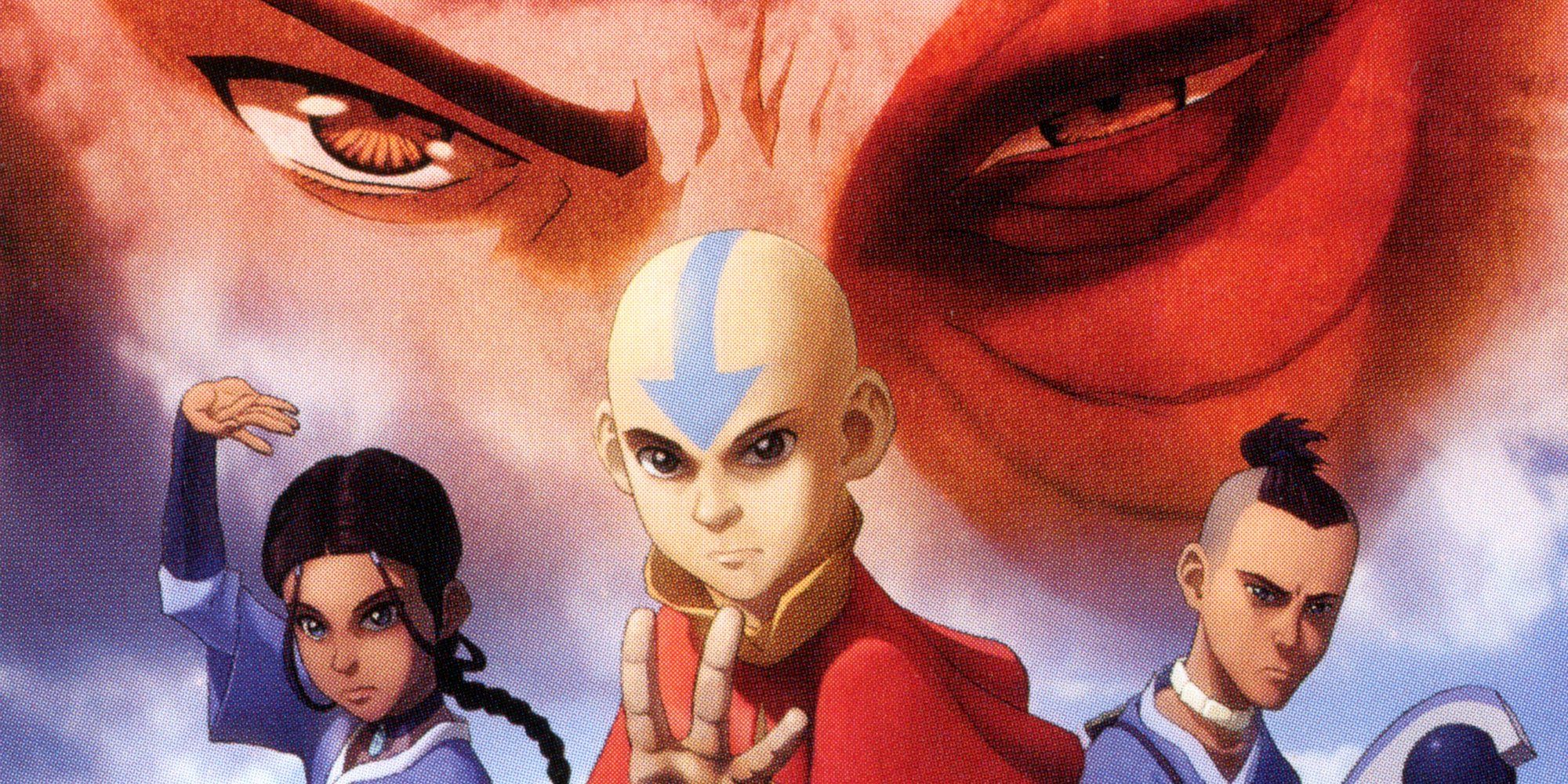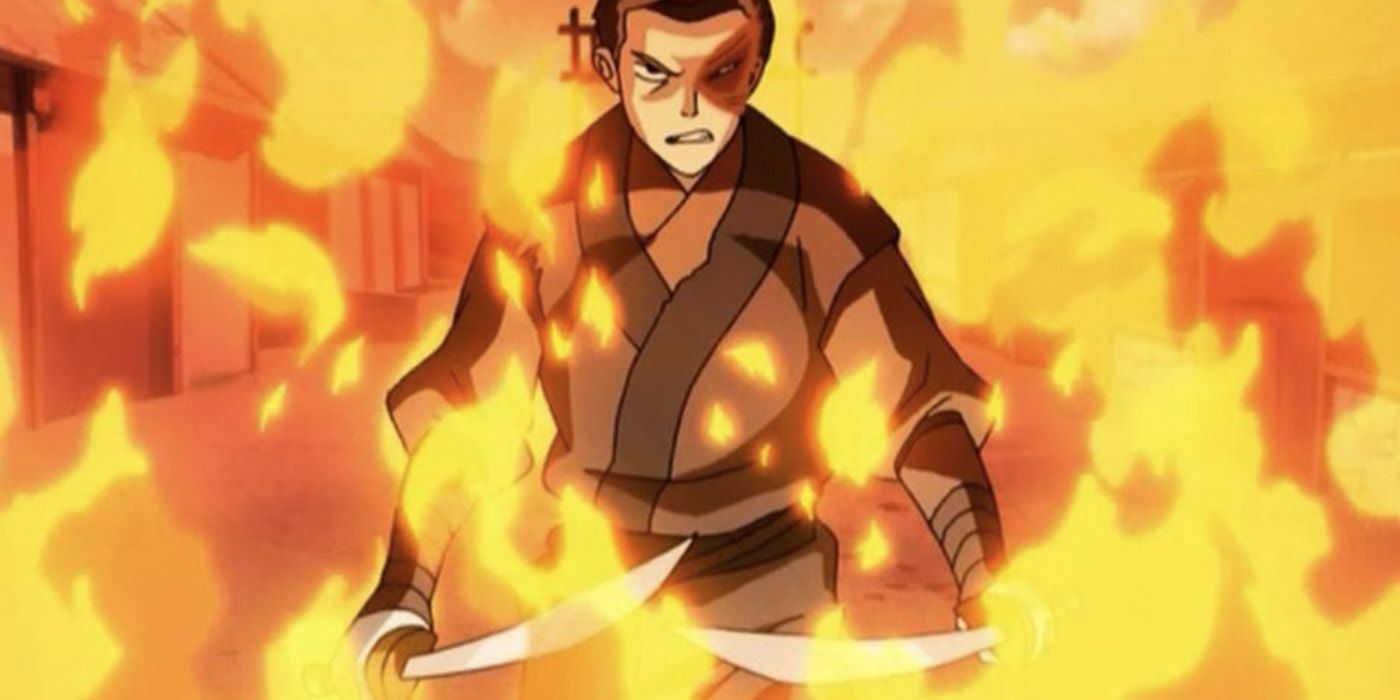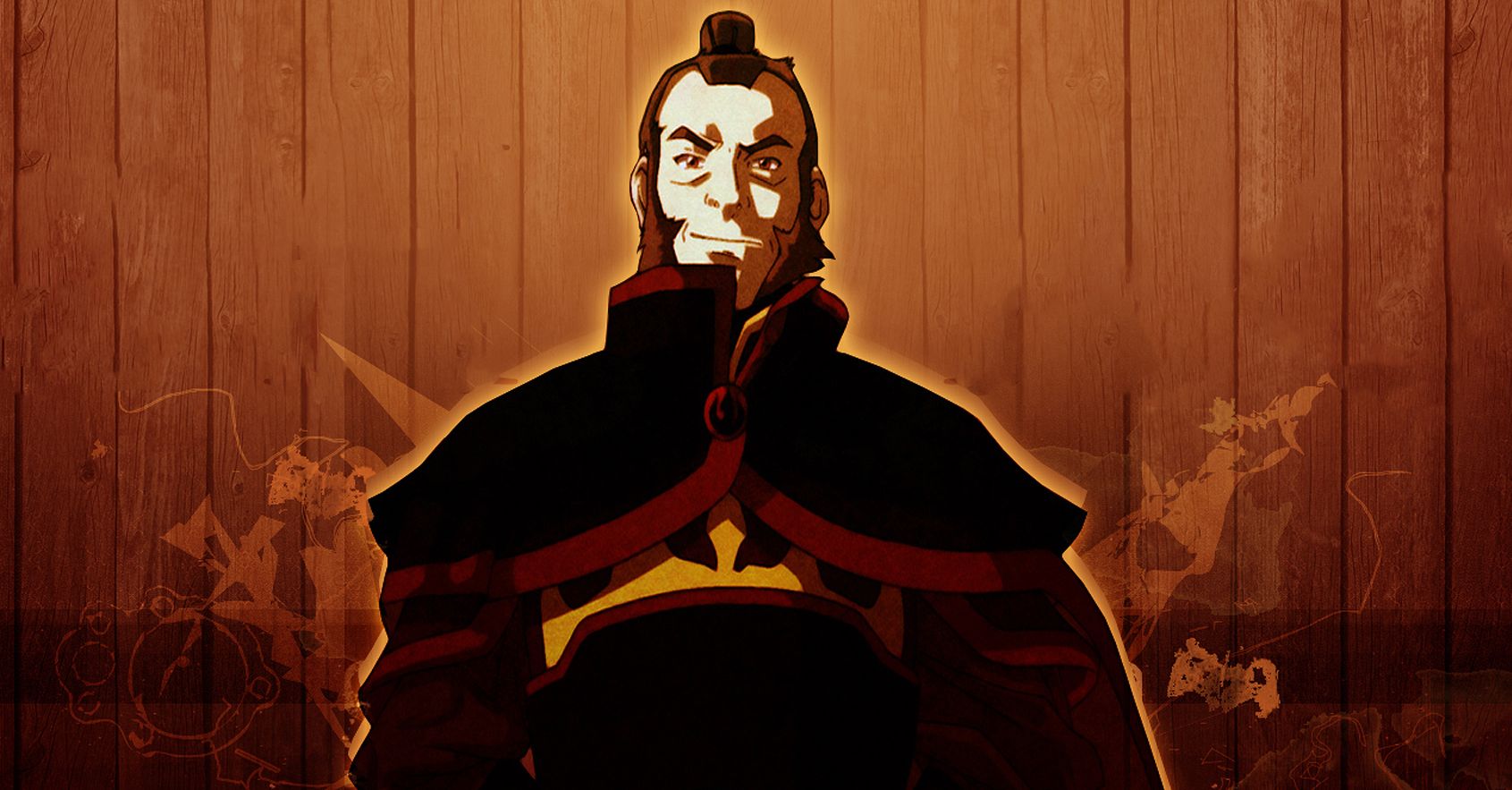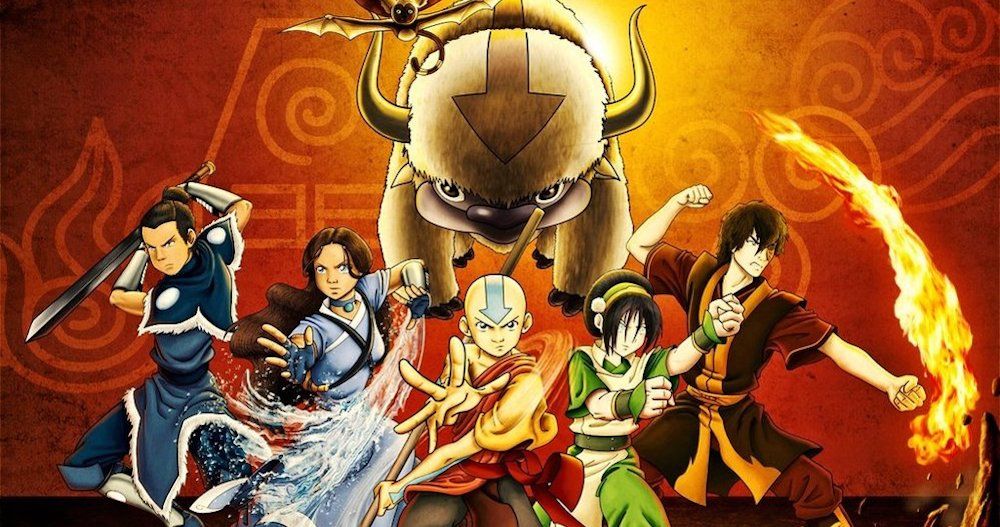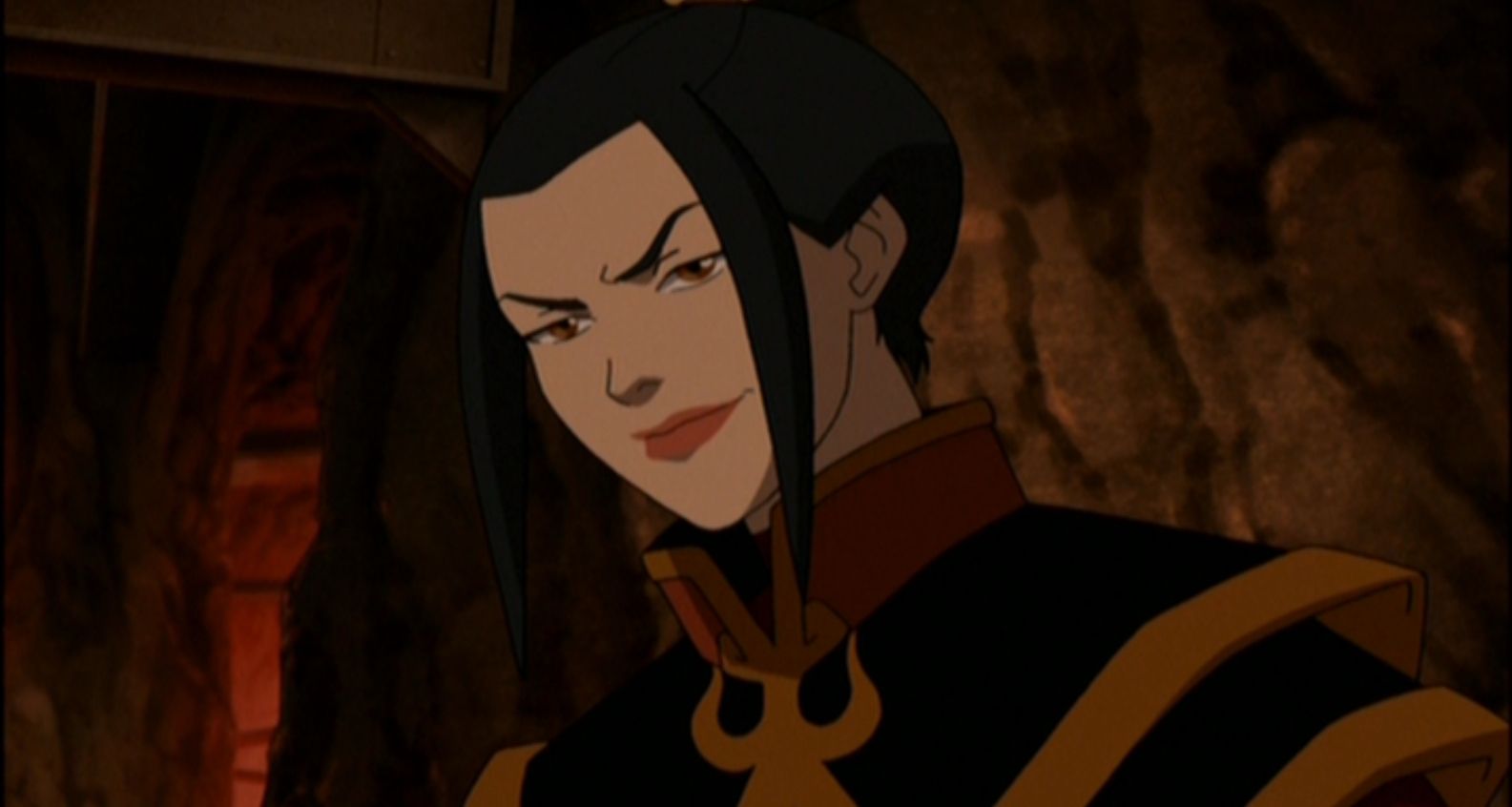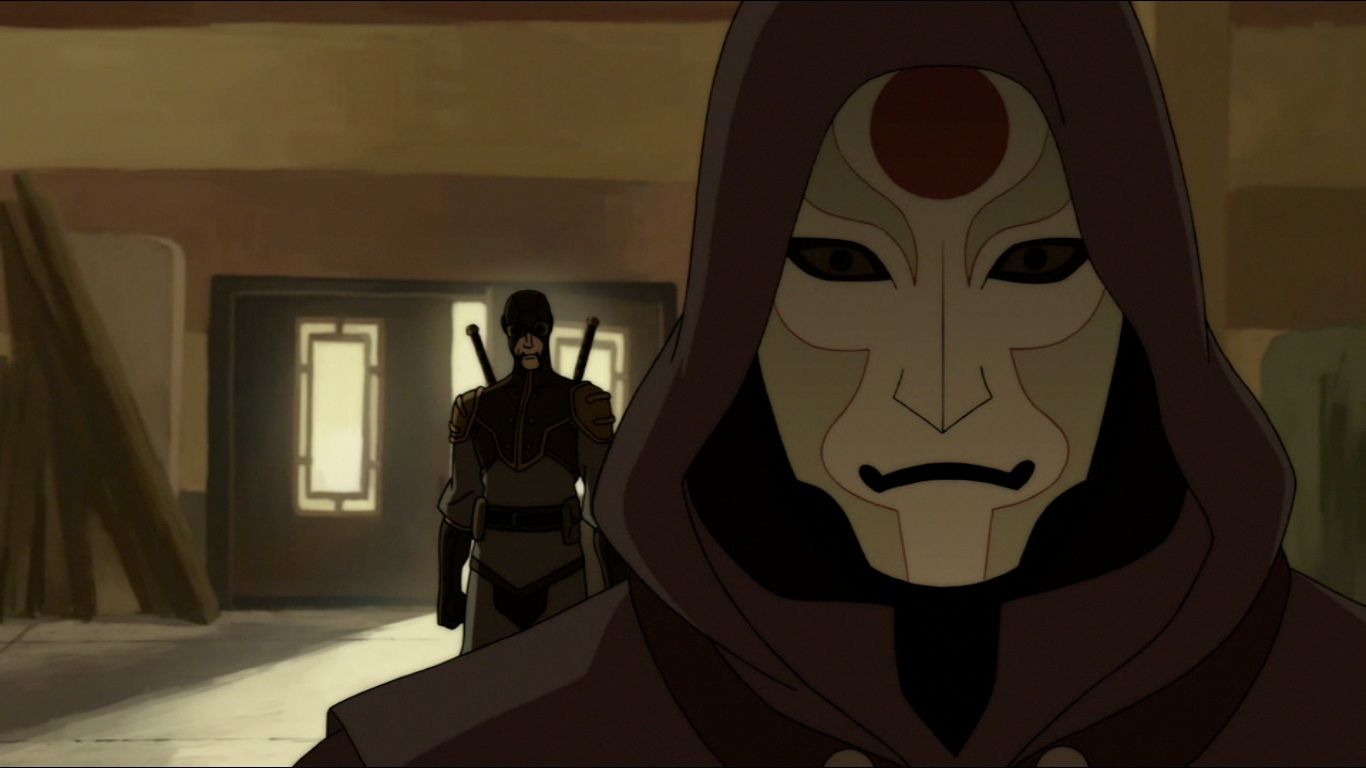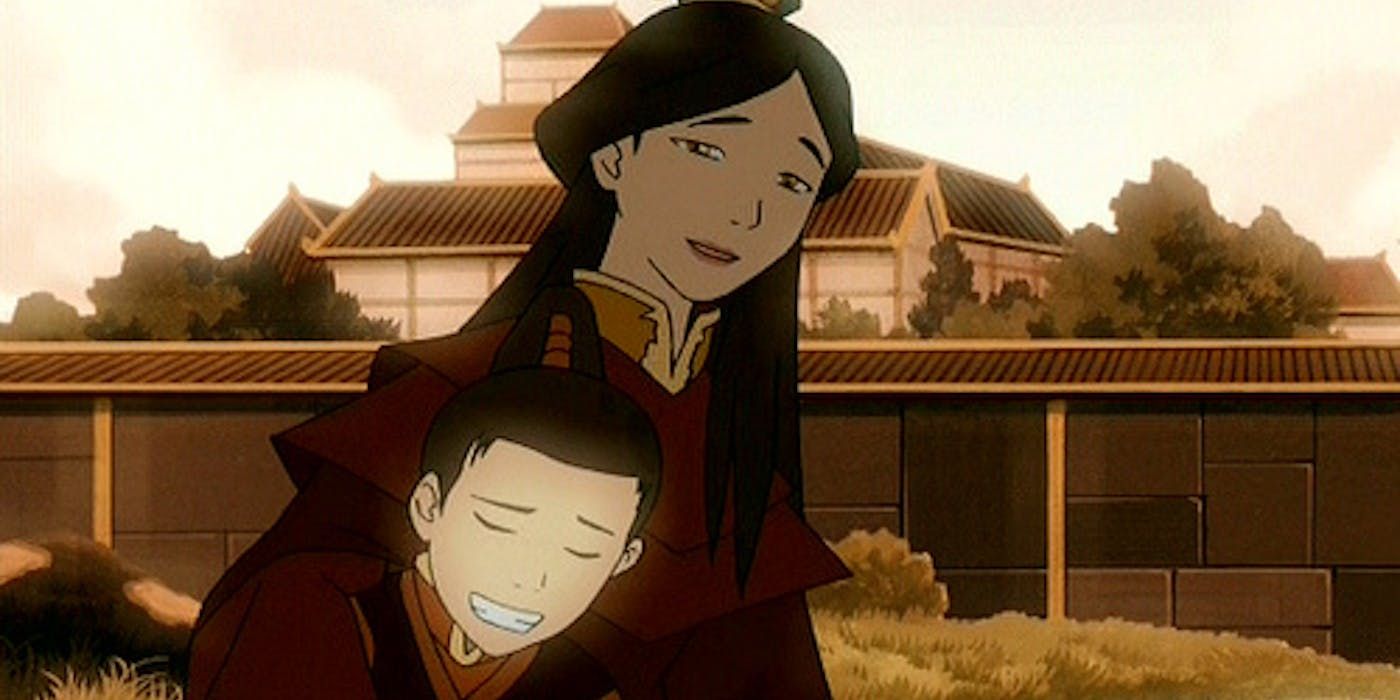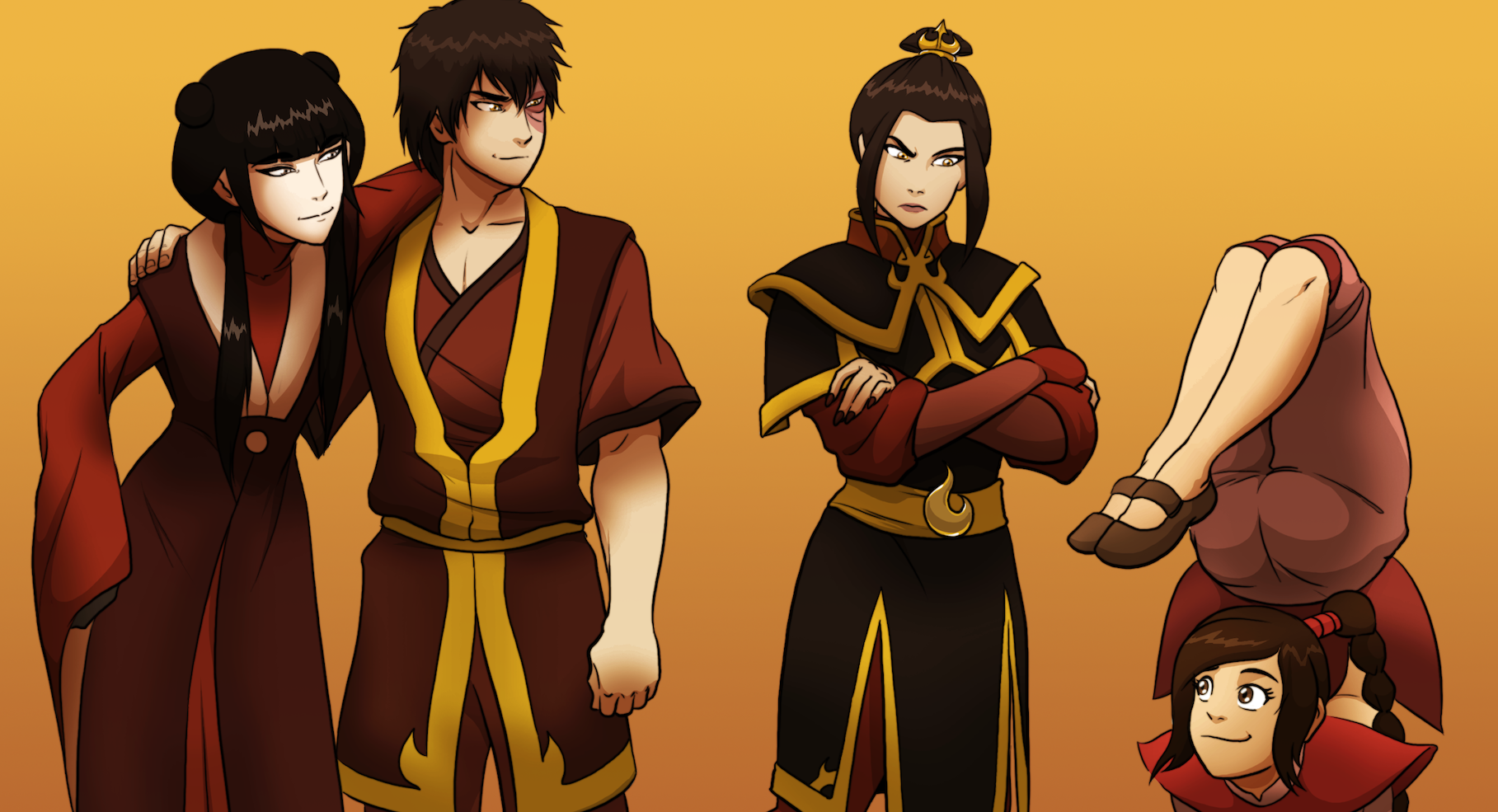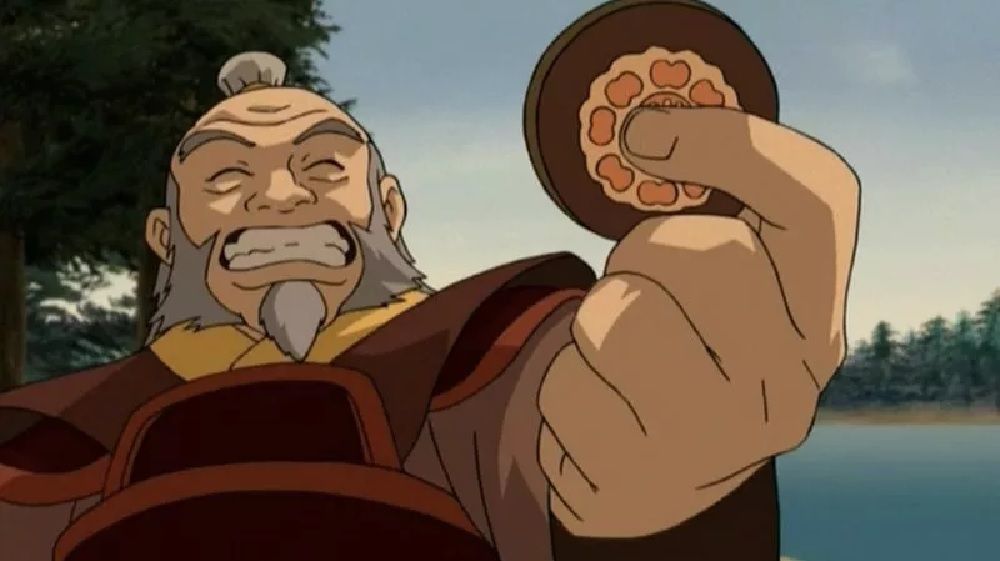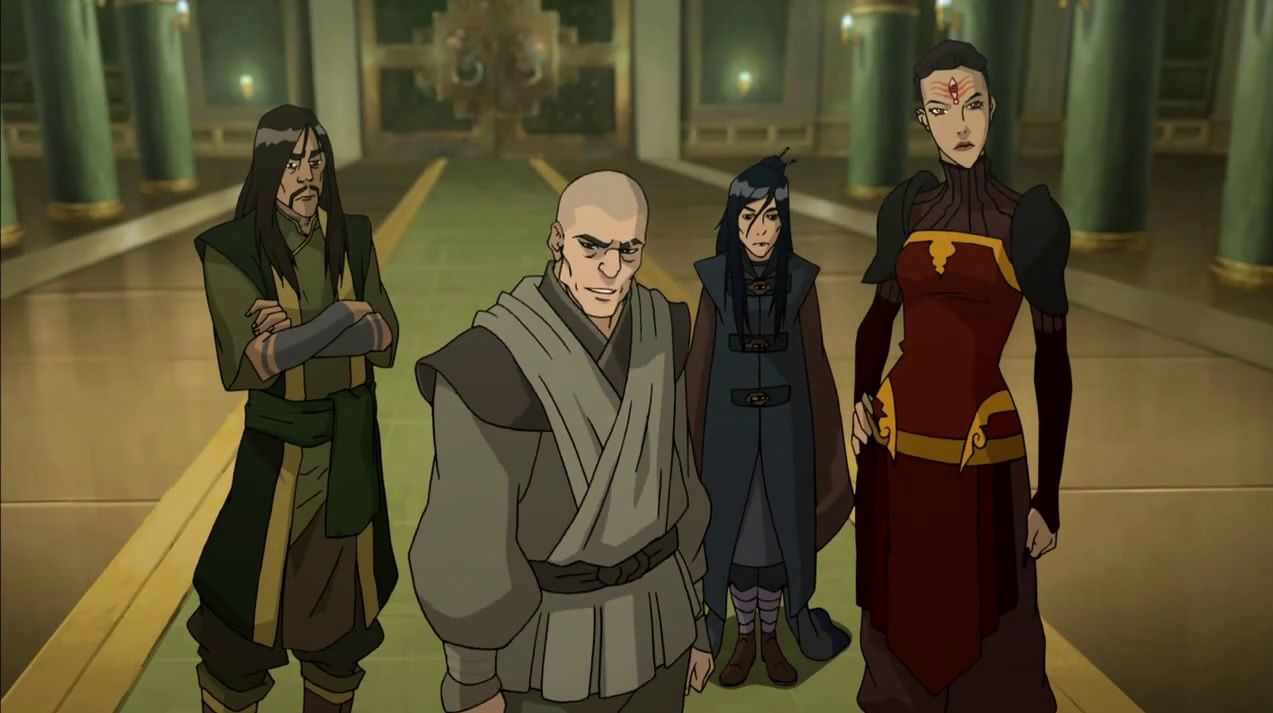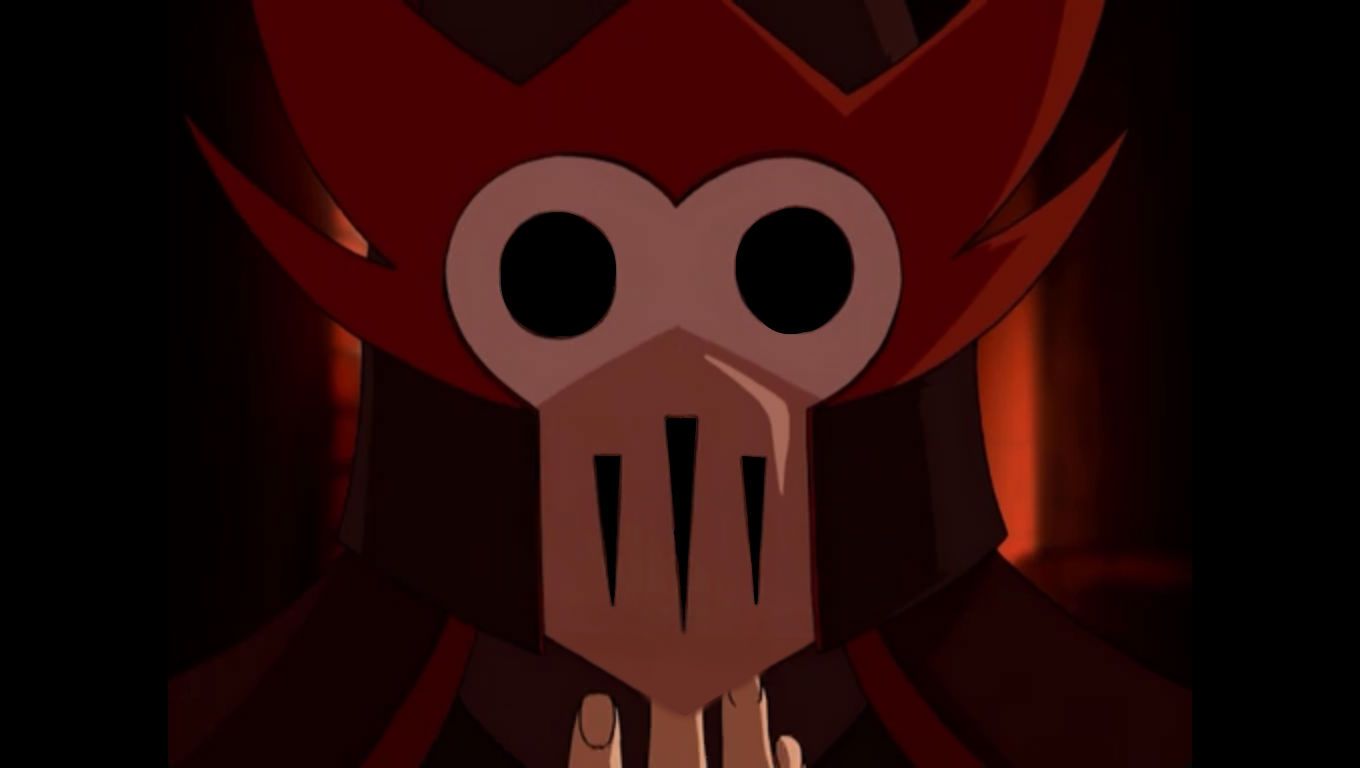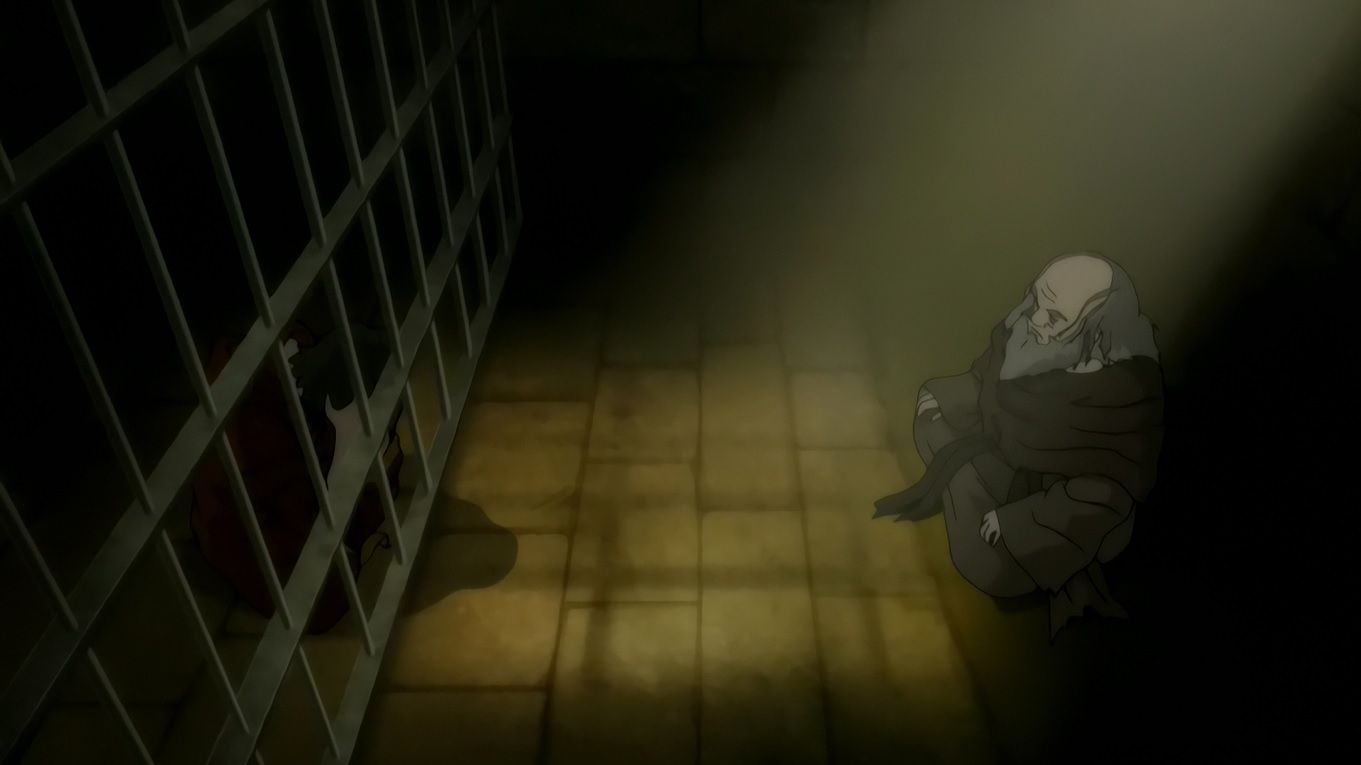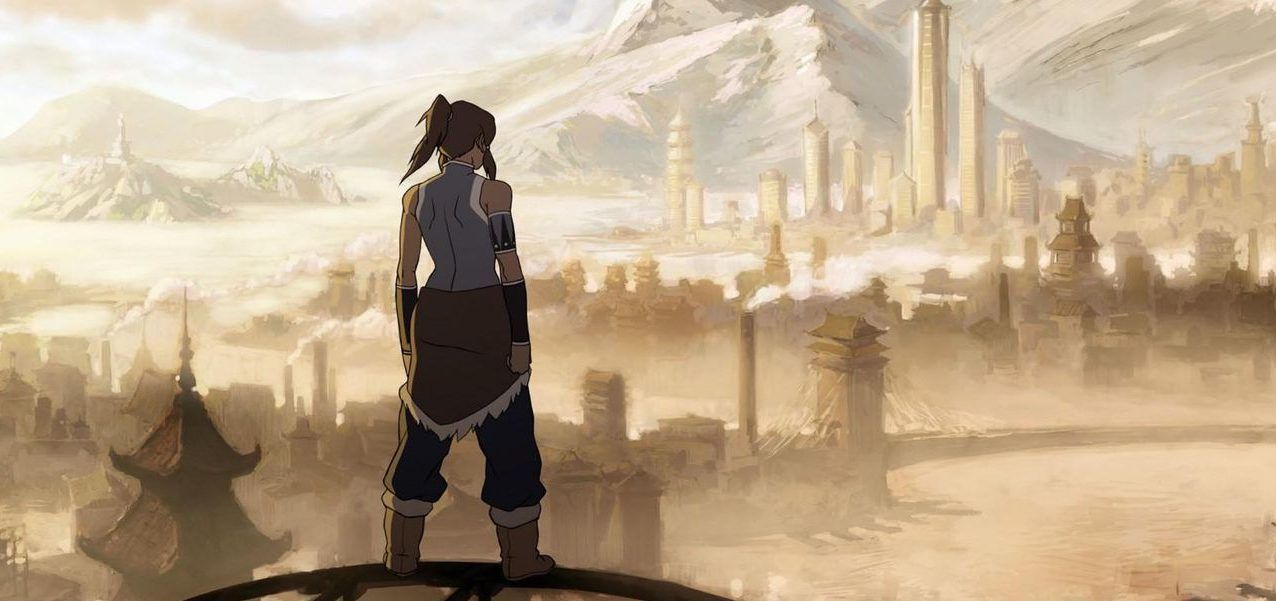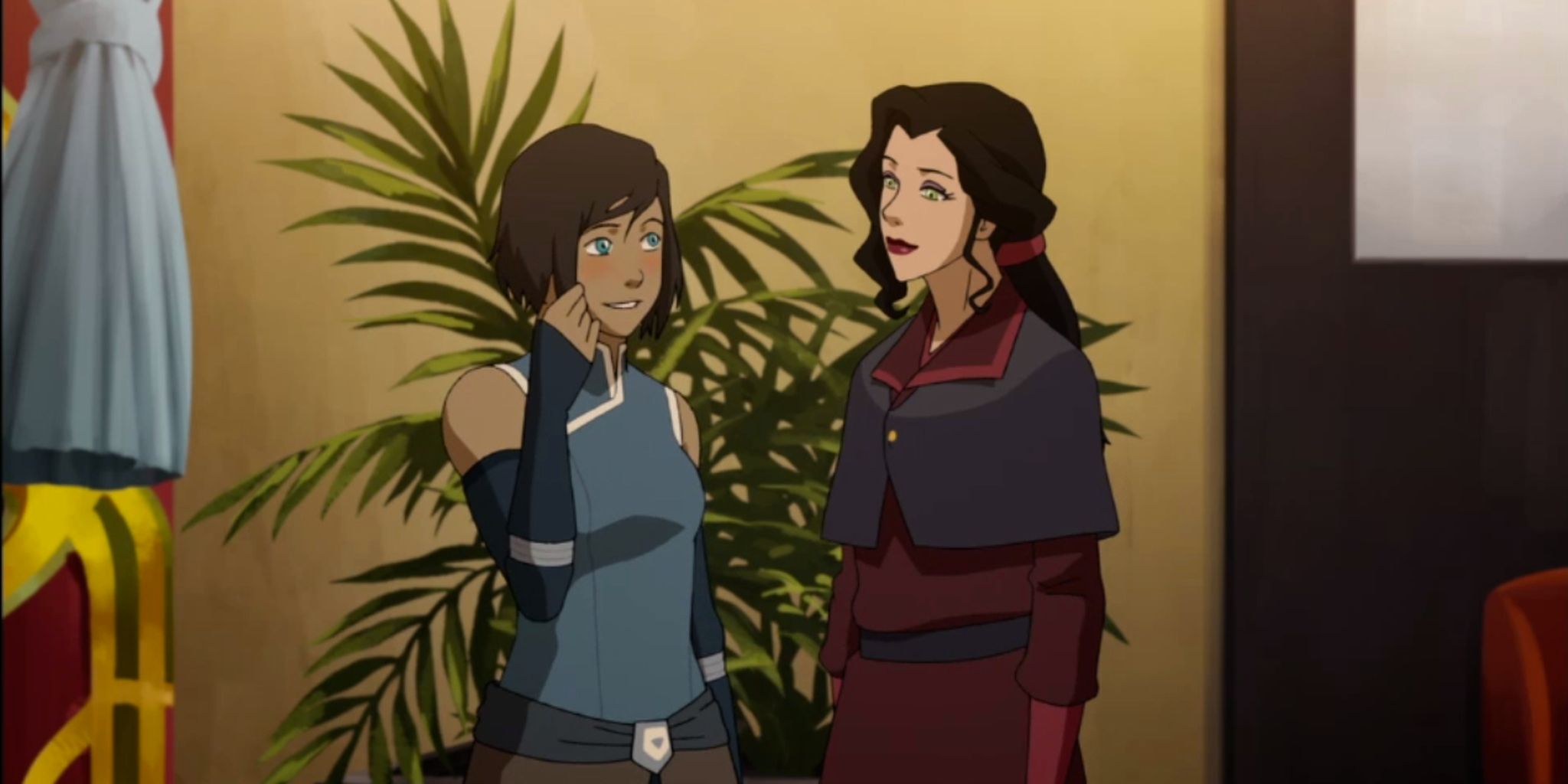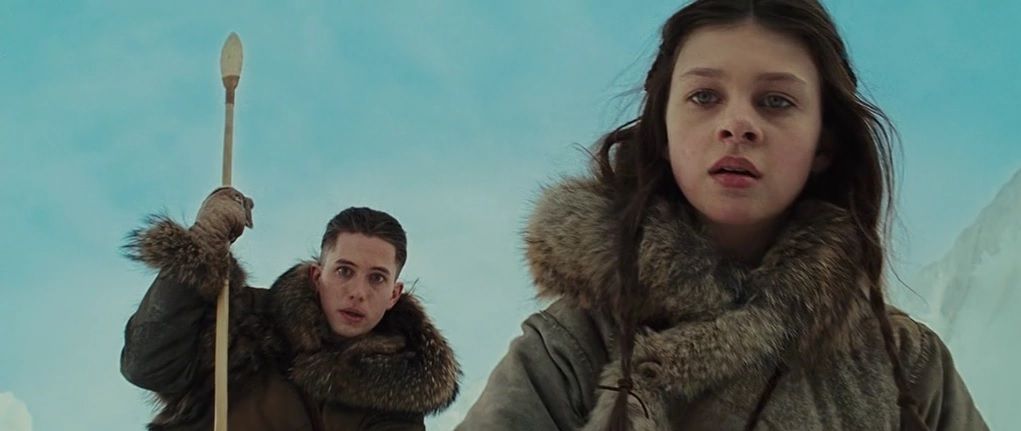Since Avatar: The Last Airbender premiered in 2005, it's drawn in an extremely dedicated fan following. Even now, after Avatar's young audience has grown into a largely adult audience, it's still often considered one of the most well-crafted shows ever made. It retained its popularity for years, long enough to spin off a successful sequel series, Legend of Korra. With the announcement that a live-action adaption of the show from the original creators is coming to Netflix, it's clear that the popularity of Avatar isn't going away anytime soon.
Though it's hard to imagine the show outside of its near-perfection, Avatar: The Last Airbender didn't have an easy journey to become the show we love. At several points during development, the show almost lost crucial aspects that made the show work. Years after the conclusion of the story, the franchise took a hit with the terrible live-action adaption The Last Airbender, a troubled and controversial production from the beginning.
When creators Bryan Konietzko and Michael Dante DiMartino attempted to continue the series in their own way with Legend of Korra, they were met with resistance and backlash about their creative choices. The uplifting and hopeful world of Avatar was not always so positive behind the scenes.
With that said, here are the 20 Crazy Details Behind The Making Of Avatar: The Last Airbender.
The creators didn't want the live-action movie
M. Night Shyamalan's live-action adaption The Last Airbender was famously bad. It hardly resembled the source material, and it generated hate from many fans.
Avatar creators Bryan Konietzko and Michael Dante DiMartino never had warm feelings about the movie, either.
DiMartino stated about the movie, "A) We didn't want it to be done at all. Before anyone was attached, we didn't want it. And then B) If it was going to be done, we wanted to do it, but they weren't going to let us. C) When they attached Night, we just thought, 'Well, this is what we've been dealt. We'll just offer help when it's asked of us, and if it's not, we'll stay out of the way.' In the beginning, it was more positive and we offered help, but then we had a big falling out."
Nickelodeon spread a rumor about Zuko and Katara's relationship
In the heyday of Avatar: The Last Airbender, one of the biggest debates among fans was about Kataang and Zutara. Many fans still have strong feelings over whether it was Katara and Aang or Zuko and Katara who should have ended up together in the finale. Katara and Aang won out, but one mistake from Nickelodeon gave Zutara fans a brief moment of hope.
The Nickelodeon Extras that displayed facts about the show contained a few incorrect facts, including the claim that Zuko was supposed to be Katara's love interest. Bryan Konietzko and Michael Dante DiMartino have since shut this down, asserting that they never intended for Zuko and Katara to be love interests. Despite the creator denials, Mae Whitman and Dante Basco, the voice actors for Katara and Zuko still think the two should be together on Twitter.
The creators didn't want Toph to be female
Toph is undoubtedly one of the most beloved characters of the series, but the blind master earthbender was almost a very different character. According to Art of the Animated Series, Toph was originally supposed to be a tough, brash blind teenage boy. When the head writer suggested changing Toph into a girl, the creators weren't receptive.
Bryan Konietzko explained, "Aaron Ehasz, the head writer, just really pitched that she should be a girl. And actually, I fought it for a long time, but I totally came on board, and now she’s one of my favorite characters. Once I was on-board, Mike and I came up with this idea that she was beating up all these big wrestler-type guys, and now I love her. I love that she’s just a tiny, 12-year old girl that kicks butt."
The creators didn't want to oversimplify warfare for the young audience
One of the facets of Avatar that still resonates with audiences is the willingness to dive into heavy topics about war and loss. This deep storytelling may seem out of place in a show marketed for children, but it was a purposeful decision.
Head writer Aaron Ehasz explained, "If you dumb things down and oversimplify them, it might work for six- or seven-year-olds but even ten- or 11-year-olds reject things that don’t look like the world around them."
"Can you craft storytelling with incredible empathy that respects the intelligence of the audience? Through doing this, you build a story with incredible impact to a young person that also sticks with them as they grow older. Because what we wrote is still true. We didn’t turn it into a lie to make it more palatable," said Ehasz.
Many concepts & designs had to be simplified
When the creators were originally developing the show, many aspects of the story operated on a much grander scale. Some changes to the show were made simply because of the constraints of the budget or the animation. Appa is one of the most drastic cases of simplification for necessity.
In Art of the Animated Series, Bryan Konietzko revealed, "In an early version of the story, I thought Aang could shepherd a herd of twenty bison. But then Mike said, 'Where are we going to put all of these giant creatures in every episode?' ... So we limited it to a mom and dad with a few young calves." By the time the show was made, it was just Appa. Appa was also supposed to have large spiral horns, but the creators decided that they would be too difficult to animate by hand.
Zuko almost didn't appear
Zuko, in many ways, made Avatar: The Last Airbender the incredible show that it was. The unfolding of his motivations and his gradual redemption from antagonist to ally was one of the emotional hearts of the show. However, Zuko did not become part of the show until late in development. Zuko only came into the show to fill a need for a more immediate villain.
In Art of the Animated Series, Michael Dante DiMartino detailed, "The only villain we had was the Fire Lord, whom we imagined leading the war from the comfort of his throne. Thankfully, [producer] Eric Coleman posed a question that gave birth to the banished prince: what if there was a young villain going after Aang in each episode?"
Zhao was based off the villain in The Patriot
The creators and writers drew inspiration for their characters from some surprisingly dark places. The inspiration for Admiral Zhao came from Col. Tavington, the villain of the Mel Gibson movie The Patriot. Tavington, played by Jason Isaacs of Harry Potter and Star Trek fame, was a violent and sadistic soldier who left unnecessary casualties in his wake everywhere he went. When it came time to cast Zhao's voice, who could be a better fit than Jason Isaacs himself?
Michael Dante DiMartino explained, "When I was first writing dialogue for the character of Zhao, I was inspired by Jason Isaacs' chilling performance as the villain in The Patriot. So when the time came to cast the character, I asked our casting director, Maryanne Dacey, if she could find someone like Jason Isaacs. A few days later, she got the real deal instead."
The creators wanted to work with a Japanese studio, but no Japanese studio was interested
In their efforts to pay proper homage and consideration to the cultures that inspired Avatar, the creators wanted to collaborate with a Japanese studio on the show.
Since the show largely drew upon Japanese anime style and the work of prominent Japanese filmmakers, co-producing with a Japanese studio would have made perfect sense.
However, he venture never panned out. Michael Dante DiMartino stated in Art of the Animated Series that "After many unreturned phone calls, we realized that the Japanese studios didn't love the idea of doing a coproduction with us." The creators did eventually get the collaborative relationship they wanted with Korean studio Tin House. The Korean animation staff was given a wide range of creative freedom to bring the animation to life in their own style.
Azula's voice was almost played by a celebrity
It's almost impossible to imagine Azula without the unsettling and authoritative voice of Grey Griffin, but she almost lost the role to someone with more star power before she ever got a chance to audition. Griffin detailed, "I think that they went out to celebrities for a long time. I think they wanted a more high-profile voice actress for Azula, but they couldn't find anybody and then I got to read for it."
Thankfully, Griffin did get the chance to audition and impressed them with the chilling performance that audiences love. "They said I was one of the only people that didn't yell as the part," Griffin said. "I was very contained and quiet because I felt like Azula was just so powerful she didn't need to yell at anybody."
Legend of Korra accidentally addressed rising sociopolitical movements
By the time Legend of Korra introduced Amon, leader of The Equalists, he was a familiar character, resembling some of the anarchist antiheroes of movie history (notably V for Vendetta). However, Amon came into the spotlight at a time when his fight against imbalance of power was a particularly relevant topic, as protests rose up against economic inequality. However, the relevance and timing were at least partly accidental.
Michael Dante DiMartino explained, "We wrote the first season of The Legend of Korra well before the Occupy Wall Street movement, but there you had a large group of people who felt powerless up against a relatively small group of people in power. For me, these ideas resonate with what’s going on in the world today."
Nickelodeon rejected an animated movie about the search for Zuko's mom
"Where is my mother?" is the question that haunted everyone who watched Avatar: The Last Airbender for years. After the plot had been neatly tied up, the series finale introduced the mystery of what happened to Zuko's mother. Eventually, the question was answered in the graphic novel The Search, but this wasn't the form that the story was supposed to take.
"While we were working on Book 1 of Korra, Bryan and I pitched a TV movie version of the search for Zuko’s mom to Nickelodeon," Michael Dante DiMartino stated. "They weren’t interested in doing animated TV movies, and chose to pick up Book 2 of Korra instead." If not for Nickelodeon, the search for Zuko's mother would have hit television in its full animated glory.
Azula and Ty Lee's voice actresses have never seen the series
Azula's arc over the course of the series - as she grows into a powerful villain only to slowly lose control of her followers and her own mind - plays out as a tragedy in the series. She is betrayed by her closest friends and left alone after her downfall. It's especially tragic if you ascribe to the fan theory that there was romantic tension between Azula and Ty Lee.
However, the voices behind Azula and Ty Lee have never seen either of their stories in full, instead opting for happier ending in their minds.
Grey Griffin revealed, "The voice actress for Ty Lee, Olivia Hack, and I were just talking about how we still haven't seen the series and it's terrible, even though I feel like Azula and Ty Lee are off on some island together having a wonderfully satisfying relationship."
Iroh was originally a harsh and hardened military character
There's no one wiser than Iroh, the great military general turned comforting, tea-loving mentor. However, the soft and lovable Iroh that captured the hearts of fans was not the original version. Iroh was supposed to be a hardened military man, but head writer Aaron Ehasz and voice actor Mako combined to recreate Iroh.
Bryan Konietzko stated, "I think we had more of a harsh character idea for him. More of a strict kind of kung-fu sifu guy, and Aaron really humanized him. And what was cool was that the original idea was just a younger version of Iroh. He used to be that really hard-core general and military guy, and now he’s sort of in his golden years... I think that Aaron wrote really well for Iroh... and with Mako, you know, it just made him such a lovable character."
Nickelodeon stopped airing Korra without giving the creators any warning
The devoted audience of Legend of Korra got quite a surprise when Book 3 of the series was ripped from Nickelodeon programming and only aired online. On the surface, it was explained as a matter of ratings, as Korra apparently did far better online than it did on the channel. However, sources speculated that the move related to the increasingly dark content covered by the series.
Korra had already been moved once from Saturday mornings to Friday nights, which likely reflected a change toward marketing the show more toward adults. Unfortunately, the change also caught the creators off guard. Bryan Konietzko critiqued Nickelodeon's handling of the situation, stating, "It definitely caught us by surprise and it wasn't necessarily done in the smoothest way and that was upsetting to many of you and us as well."
The show was created to serve the network's needs after the creator's original idea was rejected
When Avatar creators Bryan Konietzko and Michael Dante DiMartino started collaborating, Avatar wasn't the show they wanted to create. They set out to create a coming-of-age show based on their childhood memories of playing in the woods. However, when it was time to take this idea to Nickelodeon, they didn't want a show like that.
They wanted shows that either focused on action and adventure or legend and lore, as Harry Potter and Lord of the Rings were at peak popularity at the time.
In The Art of the Animated Series, Konietzko detailed, "Mike and I went back to square one. We laid out every idea we had on the table indiscriminately." Eventually, a combination of brainstorming, development, and one forgotten drawing of Konietzko's that later became Aang, they created the basis for Avatar: The Last Airbender.
The creators had to scale back the Fire Nation's Japanese influence to avoid being offensive
Avatar walked an impressive line with diversity. It represented and drew upon multiple cultures throughout the world, allowing the story and the character to be Eastern-centric. However, the creators also had to be very careful as Americans creating an Eastern-inspired show, as the diversity might foray into racism if they took the wrong approach.
Head writer Aaron Ehasz remarked, "You don’t want to accidentally say something about a culture. For example, early on a lot of the designs for the Fire Nation were inspired by designs from Japan, which was a problem — you have a bad nation, and if all of their designs were Japanese, you’d project a poor message about their culture. We completely reworked the art so that it would be more broadly inspired."
Iroh's planned silence became a coincidental memorial for Mako
Perhaps the saddest moment in the series is the scene commemorating Mako's passing, where Iroh sings to his late son Lu Tun. Mako, the voice actor for Uncle Iroh, succumbed to illness at the end of season two. When the show returned for season three, Iroh was silent while in prison. It served as a beautiful memorial for Mako, but it turns out that it was entirely accidental.
Bryan Konietzko explained, "We had actually written that Uncle would not talk for the beginning of season 3, and that actually had nothing to do with Mako’s situation. It was planned long before we knew that, so it just kind of worked out. And it gave us time to find someone to replace him, but it was just… it just happened that way. Coincidence."
Nickelodeon executives were wary of backing a female-led action show
Representation of women as strong female leads on television has come far in the past couple of decades, but some studios and networks still hold onto the idea that female-led shows are a risk. Bryan Konietzko and Michael Dante DiMartino had to face down that ideology when they tried to bring Legend of Korra to Nickelodeon less than a decade ago.
Konietzko detailed, "Some Nickelodeon executives were worried about backing an animated action show with a female lead character. Conventional TV wisdom has it that girls will watch shows about boys, but boys won’t watch shows about girls. During test screenings, though, boys said they didn’t care that Korra was a girl. They just said she was awesome."
The creators defended Korra and Asami's relationship against accusations of fanservice
The series finale of Legend of Korra made a move that no one quite expected. With the last scene, the show confirmed a romantic relationship between female leads Korra and Asami.
The inclusion of an LGBTQ+ romance on an animated kid's network show was considered a risky choice that received considerable backlash.
However, Bryan Konietzko has publicly defended their decision to confirm Korra and Asami's romance. He fought back against claims that they caved to fans, asserting that they made the choice that felt right for the creators and the characters. He remarked, "As we wrote Book 1, before the audience had ever laid eyes on Korra and Asami, it was an idea I would kick around the writers’ room... The more Korra and Asami’s relationship progressed, the more the idea of a romance between them organically blossomed for us."
The creators hated the live-action movie's whitewashing
The Last Airbender movie was terrible for many reasons, but the biggest controversy that came out of it was the clear case of whitewashing. In the animated series, every character would likely be considered a person of color. However, the live-action movie filled most of these roles with white actors, with only the villainous characters remaining as people of color.
Bryan Konietzko has been vocal about the issue, demonstrating that characters like Katara and Sokka are supposed to have darker complexion and that the M. Night Shyamalan movie misinterpreted his work.
When the Netflix live-action series was announced, the creators stated, "We can’t wait to realize Aang’s world as cinematically as we always imagined it to be, and with a culturally appropriate, non-whitewashed cast." Hopefully, this will be the live-action adaption fans have really been waiting for.
---
Are there any other crazy secrets behind the making of Avatar: The Last Airbender? Let us know in the comments!

